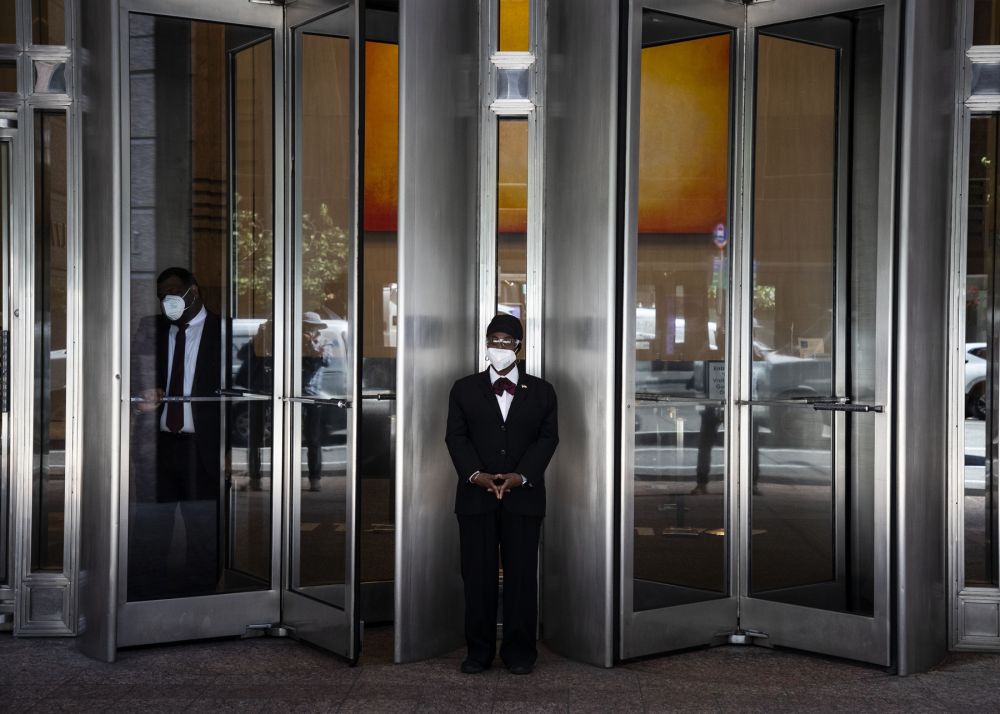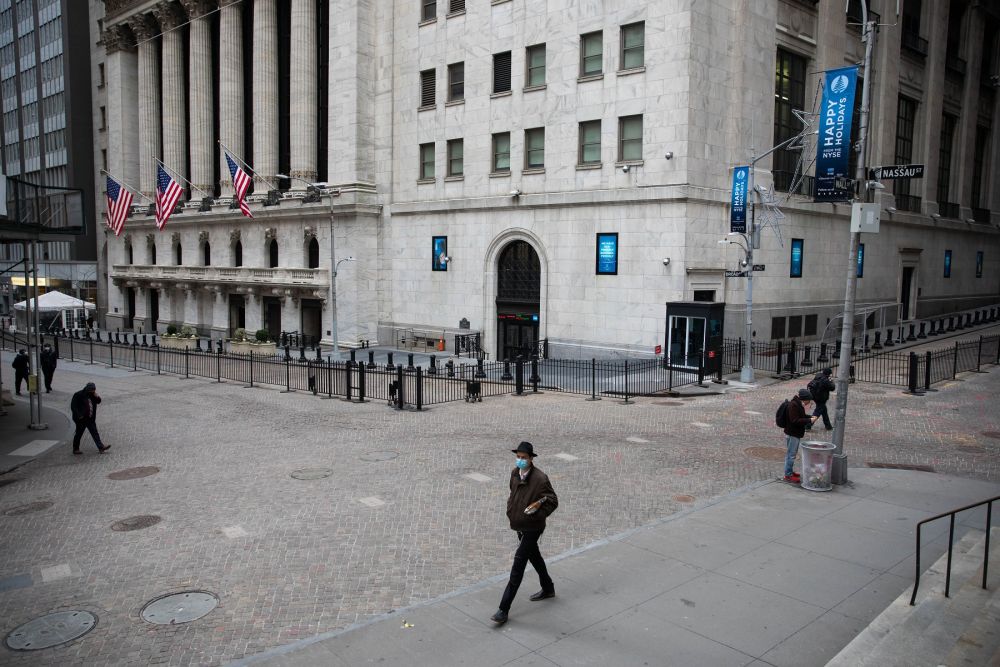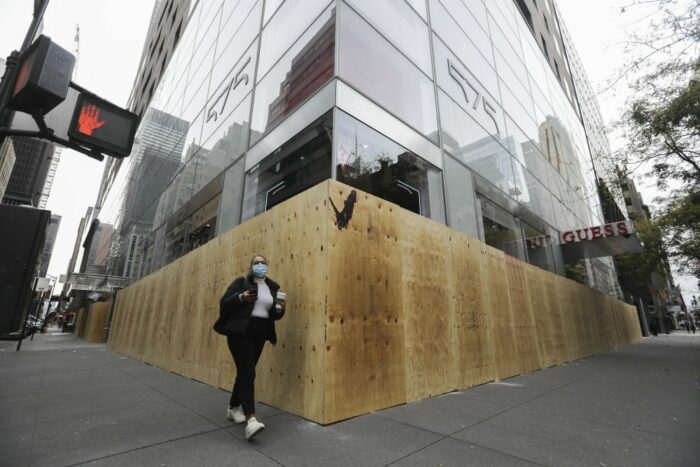January 29 Office buildings are empty, shops, doors and windows are closed, restaurants are closed… Many well-known business districts in New York, the largest city in the United States, have become “empty cities” due to the coronavirus pandemic, and enterprises are trying to attract office workers to return to office buildings after the pandemic subsides.
“If they don’t come back, we’re finished.” Kenneth McClure, vice president of hospitality holdings, a catering company, said.
Before the outbreak of the pandemic, the small restaurant of the company in Midtown Manhattan was always popular.
Financiers worked out deals here for lunch, or came here for a cocktail after a busy day.
Hospitality Holdings has closed six Manhattan-based restaurants and bars, two of which are permanently closed due to pandemic prevention and control measures.
McClure said that after the first outbreak in New York last March, “customers who had seen it three or five times a week almost disappeared.”
AFP reported on the 27th that more than 26,000 people in New York have died of COVID-19 so far.
More than 1 million people work in New York office buildings, and only 14% have returned to work as of mid-month this month, according to data collected by securities firm Castle Systems.
This situation has led to the crisis of countless sandwich shops and small shops in Midtown Manhattan and Wall Street.
With the vaccination, businesses and business groups are trying to attract employees who have been working from home for more than half a year to work back to work in office buildings.

A survey released earlier this month by PricewaterhouseCoopers found that 79% of employees think telecommuting is feasible, but office buildings will not immediately withdraw from the historical stage.
87% of employees said that working in the office plays an important role in them, which is conducive to team members’ collaboration and relationship building.
“Meeting my colleagues here and going out to work has changed my mood for a whole week,” Jessica Lapin, president of the New York City Center Alliance, who assisted in the development of the New York Business District, said in an interview at the office.
However, only a few people plan to go to the office five business days a week and “nine to five”.
Dennis Kagra, one of the authors of the PricewaterhouseCoopers survey, said that the vast majority of office workers prefer to work from home for two or three days and work in the office for two or three days.

Economic analysts say that employees can complete daily work such as making phone calls and emails at home. The office should not continue to be a place for employees to deal with such affairs.
Enterprises should transform it into a more attractive place, suitable for answering questions and communicating, fostering relationships and encouraging creativity.
This may mean that the larger and flexible conference room will replace the lattice room, and add facilities such as gyms, cafes, laundry, etc., so that employees feel that it is worth going to the office.
Several large companies, on the one hand, allow employees to work flexibly, and on the other hand, they have put big bets on the New York business district, despite the latter facing uncertainty due to the pandemic.
Social media Facebook signed a lease last August to rent nearly 68,000 square meters of space in Midtown Manhattan. Google said it would continue to expand its office campus in the Chelsea neighborhood of Manhattan’s West Side.



